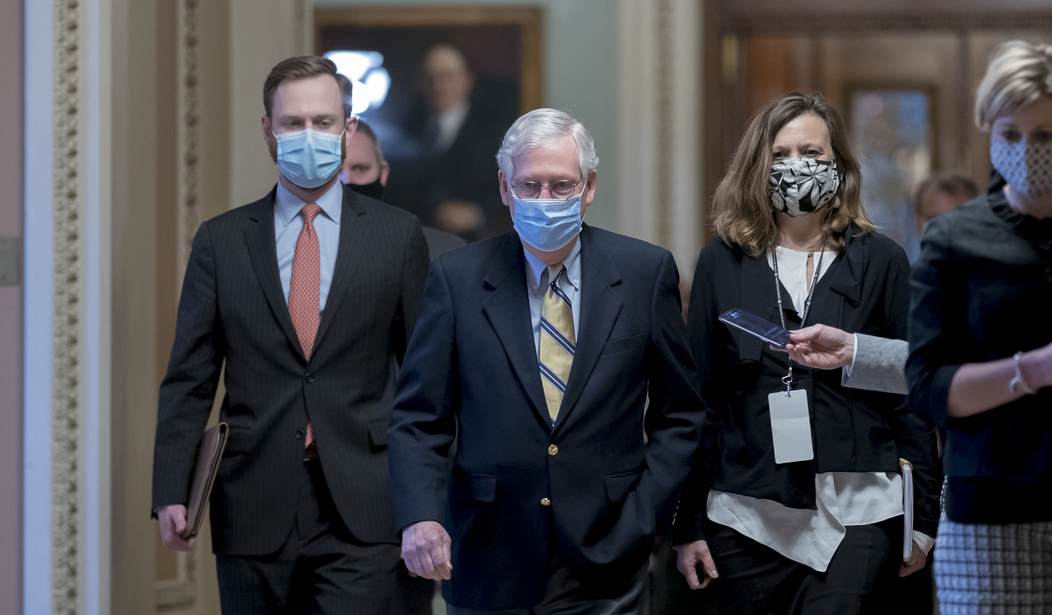State legislative special elections provide an interesting index of partisan sentiment these days. That wasn't so in the late 20th century, when clever local candidates and notables often got voters to cross party lines. But in this century of increasing partisan polarization and straight-ticket voting, local special elections are a proxy for opinion on national issues.
In that light, consider the results of the two special legislative elections that have resulted in a change of parties so far this year.
The first was in Connecticut's 36th state Senate district on Aug. 17. This is the richest state Senate district in Connecticut and may be the richest in all of America. It includes the super-rich town of Greenwich, where Prescott Bush, father and grandfather of presidents, served as moderator of the Representative Town Meeting for 17 years, plus nearly as rich New Canaan and the northern half of Stamford.
The 36th district is ancestral Republican country that trended Democratic during Donald Trump's presidency. Republican Scott Frantz won it by 59% to 39% in 2016, then lost 50% to 49% to Democrat Alex Kasser in 2018, who held it 51% to 49% over Republican Ryan Fazio in 2020. Not atypical results for a seat packed with affluent college graduates.
But in 2021, Kasser resigned, and Fazio regained the seat by a bare 50% to 48% margin. Republicans hailed this as a big victory, but it was more a sign that, after eight months of President Joe Biden, high-income disgust with Trump had crested.
The other party flip happened this month in the demographically dissimilar Iowa 29th state House district, which includes most of Jasper County and industrial Newton, the former longtime home of Maytag. It's an area with many blue-collar workers and union members and was long a safe Democratic district. Democrat Wesley Breckenridge won it twice by double digits -- 51% to 38% in 2016 and 59% to 41% in 2018 -- but by only 52% to 48% in 2020. After he resigned in 2021, Republican Jon Dunwell won on Oct. 12 by a 60% to 40% margin.
Recommended
Trump lost in 2020 because he fell behind his 2016 showing among upscale voters and did not make sufficiently compensating gains among downscale white and minority voters. The Greenwich and Newton legislative results suggest Republicans have staunched the bloodletting among the affluent and have regained momentum with downscale voters.
This is in line with CNN analyst Harry Enten's observation that, since April 2021, Republicans have been running well-ahead of their November 2020 levels. It's consistent with the widespread sense that Democrats are likely to lose -- and may lose by a lot -- the narrow 222 to 213 House majority they won in 2020.
The wild card in this is, as always in years ending with "2," redistricting. Democrats control redistricting in relatively few states but seem to be bent on aggressively eliminating the few Republican seats in Illinois and New York, and are even targeting the single Republican seats in Maryland and New Mexico.
Note the deafening silence of the liberals who have been lamenting that Republican redistricting threatens the end of democracy. Similarly, liberals were nonplussed by gerrymandering when Democrats controlled most redistricting in the 1962, 1972 and 1982 cycles. Sauce for the goose but not for the gander.
But as the Cook Political Report's Dave Wasserman points out, redistricters can be incompetent or too clever by half. If you create a bunch of 52% districts for your party, you're liable to lose all of them when your party's numbers go down a few points.
Over the long run, it's probably smarter to shore up your incumbents, as Texas Republicans are doing, and to concede to the other side some seats where the tide has been going their way. In the 1980s, the affluent north Dallas and west Houston districts were the most Republican in the country. But they flipped Democratic in 2018, and now Republicans are making them more Democratic for 2022.
One more note on redistricting. The supposedly nonpartisan redistricting commissions enacted in some states and lavishly praised by liberal commentators aren't working out so well. Inevitably, they've become partisan slugfests, for who other than partisans would want to spend their time drawing district lines on maps? Political science professors? More than 95% are Democrats. Think tankers? All committed to one side or the other. Journalists? You've got to be kidding.
The plain though perhaps unpalatable fact is that there always will be politics in politics, especially in times of close partisan competition -- even, or especially, in special elections to state legislatures.

























Join the conversation as a VIP Member